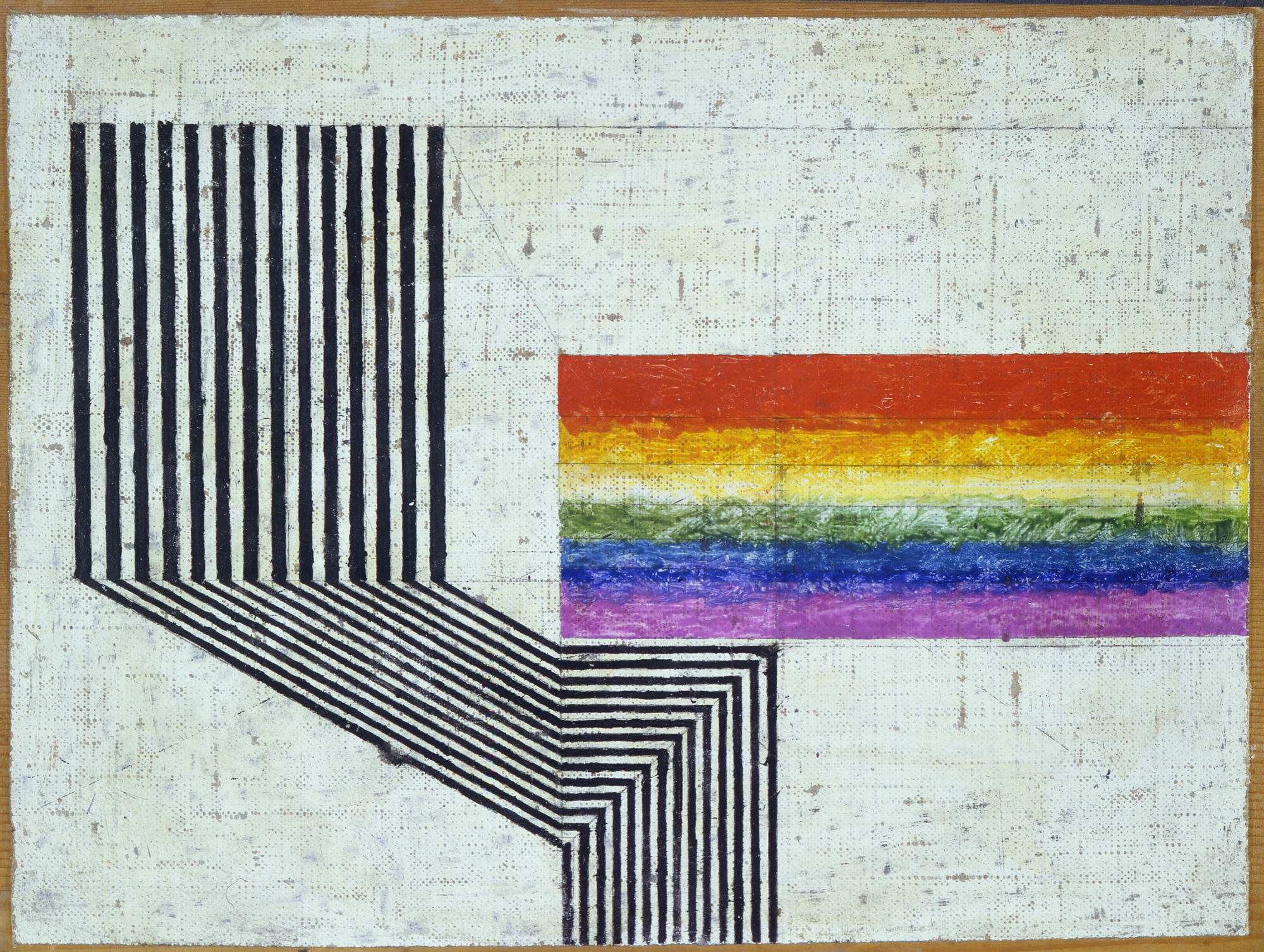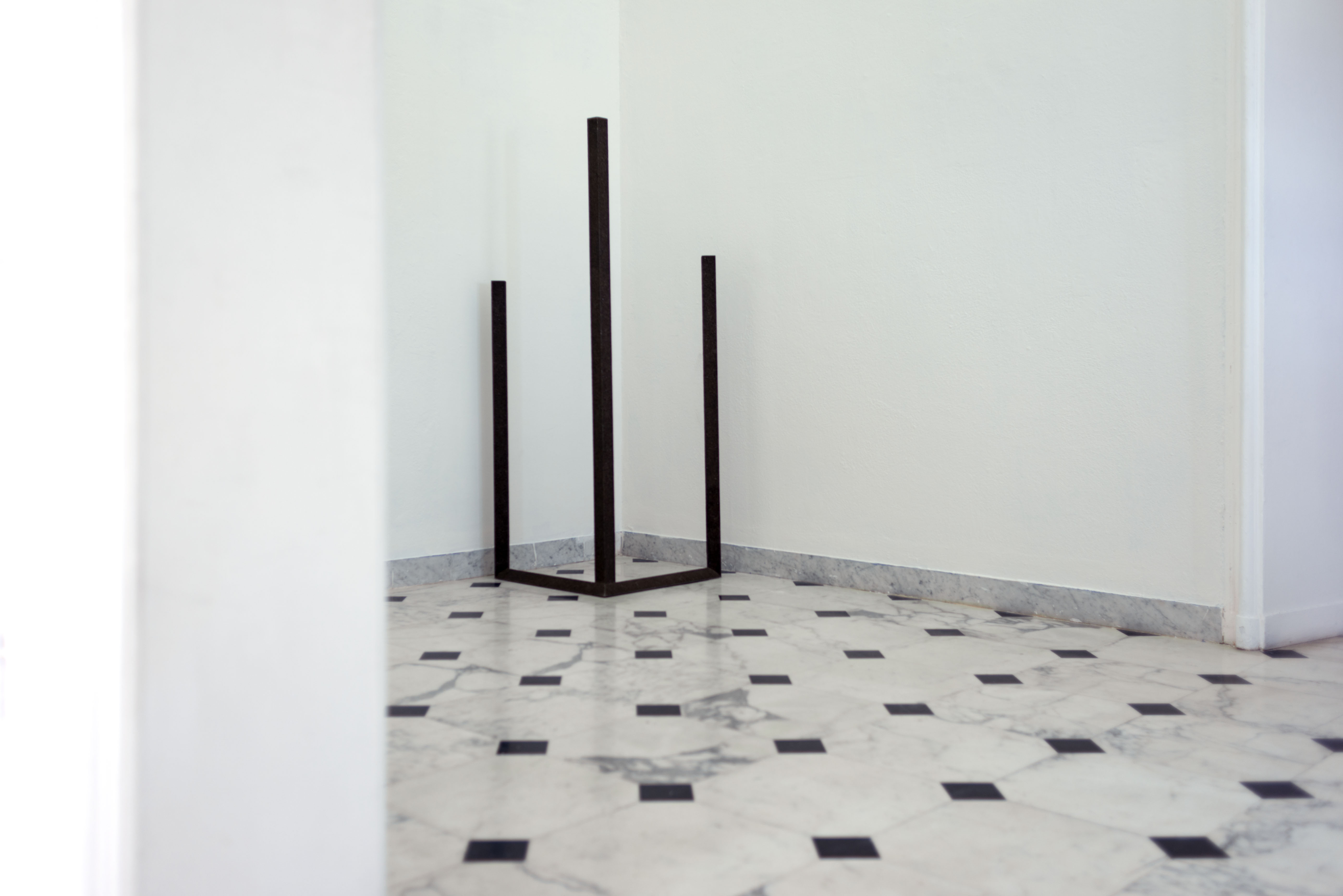Click here to view image
Orologio notturno-diurno a proiezione
Villa Brignole-Sale 1932 Genova - acquisto
ambito romano - manifattura genovese
Campani, Giuseppe - Ganzinotto, F. C.
G.P.B.2533
Unità di misura: cm; Altezza: 92,5; Larghezza: 61; Profondità: 30
cassa in pero ebanizzato, tagliato, bronzo fuso, mostra in rame dipinto
Un'ostinata illusione: la misurazione del tempo e gli orologi Luxoro - Genova - 2004
The painted copper exhibition presents in the centre, surrounded by a piece of sky on which, at the corners, four disembodied heads with swollen cheeks symbolising the winds have been arranged, the dial with the Roman numerals on which a mythological scene has been painted, where Time is depicted pointing to a female figure who has just entered a small chamber, identifiable, due to the presence of a spear and armour, in the goddess Minerva, protector of the sciences and the arts, a young woman languidly seated on a throne, depicted holding some apples in her right hand, and therefore possibly recognisable as Venus. This composition, which could hypothetically symbolise the victory of wisdom over earthly beauty and love with the passage of time, reveals in the thoughtful and balanced posture of the figures, in the elegant progression of the clothing, in the way the faces and the male body are outlined, the presence of a hand belonging to an artist active in Rome, probably towards the end of the 1870s and the beginning of the ninth decade of the 18th century, within Carla Maratta's entourage and closely linked to her classical models, so much so that it cannot be ruled out that he may have trained at ului. From the Marattesque results, both the precious and bright chromatic range, embellished, in blue, yellow and white tones, by reflections that accompany the arrangement of the folds, suggesting them, and the strenuous chiaroscuro passages used to enhance the materiality of the fabrics, the lustre of the metals, the softness of the skin and the plasticity of the muscles.








